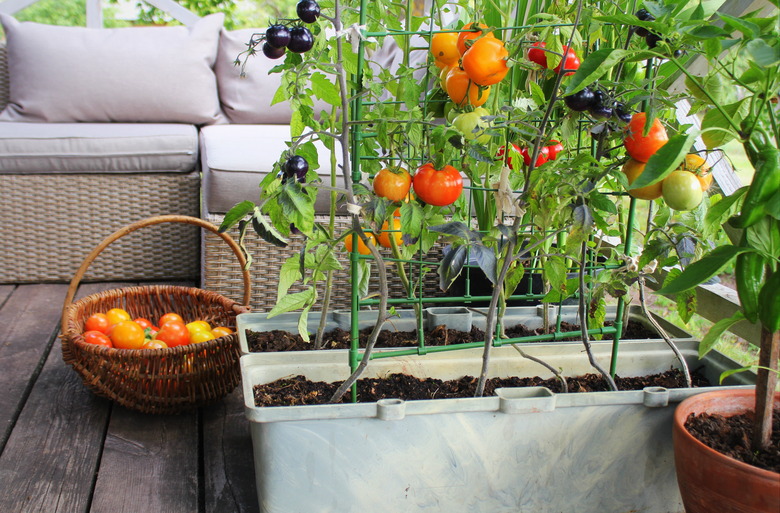How To Get Rid Of Mushrooms In Potted Plants
We may receive a commission on purchases made from links.
Are you wondering how to get rid of mushrooms in potted plants? Fortunately, it's not horribly difficult. Although mushrooms in potted plants can be an unwelcome sight, it is not all that unusual. Mushrooms appear more frequently in warm-weather conditions, but you never know when one might pop up.
Why Mushrooms Like Potted Plants
Why Mushrooms Like Potted Plants
Lawn mushrooms prefer moist, cool conditions, while houseplant varieties like warm, humid and moist air. Mushrooms grow from fungal spores (microscopic or tiny seedlike organisms), which could have been present in the potting soil when the plant was originally purchased. Spores can also be airborne and can fall into the soil from clothing or animal fur. Mushrooms can also sprout in houseplants or outdoor container plants as a result of overwatering or due to an especially fertile potting mix.
Mushrooms are actually the "fruit" produced by a fungus, and once there are one or two mushrooms in the soil, it is likely that more will grow shortly thereafter. They grow by feeding on dead organic material, so in most cases, a potted plant will not be harmed by the presence of a mushroom. However, most people do not want their indoor plants (or outdoor potted plants, for that matter) to be overcome with mushrooms.
Why Remove Mushrooms?
Why Remove Mushrooms?
Mushrooms can be more than just a nuisance. The familiar Leucocoprinus birnbaumii is a mushroom often seen growing in potted plants. Aptly called "flowerpot parasol" for its shape and proclivity for growing in potted-plant containers, it is light yellow with a bell-shaped cap. This mushroom is highly toxic, with the potential to be fatal if ingested.
For this reason alone, it pays to get rid of mushrooms in potted plants as soon as possible. If the spores from the fungus fall into the soil as you remove the mushrooms, you could face a similar infestation later.
Getting Rid of Mushrooms
Getting Rid of Mushrooms
It is a good idea to wear gardening gloves before eradicating the mushrooms in case you have unknown allergies. Try plucking them out by the stems rather than the caps along with some of the surrounding soil. If this does not do the trick, you can try removing the top half-inch of the soil. Should the mushrooms still be an issue, repotting the plant in a new pot with new soil would be another method for dealing with the issue.
Neither commercial nor homemade fungicides effectively control mushrooms. To keep mushrooms from coming back after you manually remove them, it is important to avoid overwatering plants, and you should also ensure that the pots have drainage holes. Repotting a plant by discarding the existing potting mix and replacing it with a sterilized growing medium also helps.
Always check the soil first and if it feels moist, the plant probably does not need water. Water in the morning only and avoid keeping plants in excessively moist and warm locations. Finally, remove dead leaves and plant parts since these may harbor disease pathogens.
